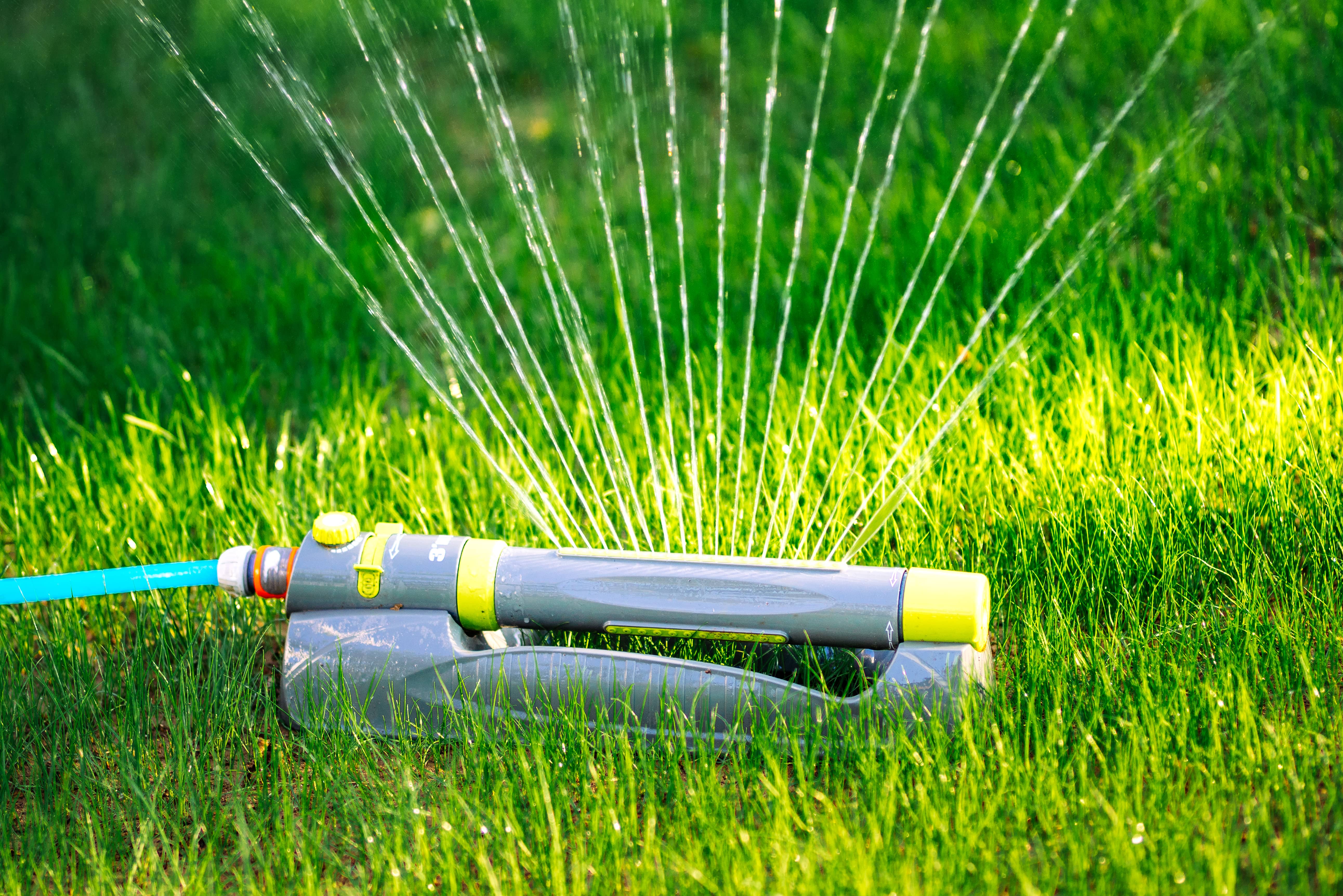
The USU Extension stopped by Castle Country Radio to talk about how residents can water the grass during a drought.
“We’re better off watering deep, you know eight inches or so into the soil, rather than just keeping the top moist. That actually makes your grass, its going to see the effects of drought more if you’re water very shallow, very frequently, because the roots are all on the top layer of soil and the plants can’t keep up with that right now,” said Agriculture Assistant Professor, Steve Price. Shallow watering can be very damaging to your lawn so knowing exactly how much to water your lawn is key. Because the soils in our area are high salinity you run the chance of evaporation and leaving behind salt residue.
Really the goal in water for homeowners is at least half-inch of water. “So really the best thing you can do to kind of figure out your irrigation scheduling is getting some small cans, like tuna fish cans, cat food cans, something like that and put a couple out on the lawn. Run your irrigation system, like normal, and see how deep that can is getting filled with water. You’re looking for a half-inch every single time you water,” said Price. If residents put on a half-inch of water, three times a week right now, that’s about where we would be at peak, but of course, you can always cut back watering if you feel that three times a week is too much. It’s all about the depth of watering and not the amount of time you water.
Residents that have questions and concerns about watering can contact the USU Extension Office. “They can come into the office we have an Extension Office in Castle Dale, as well as in Price. They can call us up, its pretty easy to find all of our information out on the internet. If someone is really interested in zeroing in their landscape irrigation we do have catch cups, so they can do their own water audit, we lend those out and they can use those, we’ll teach you how to do that, and you can measure your own water,” explained Price. To learn more about the USU Extension Office and the services they offer visit their website at https://extension.usu.edu/carbon/
